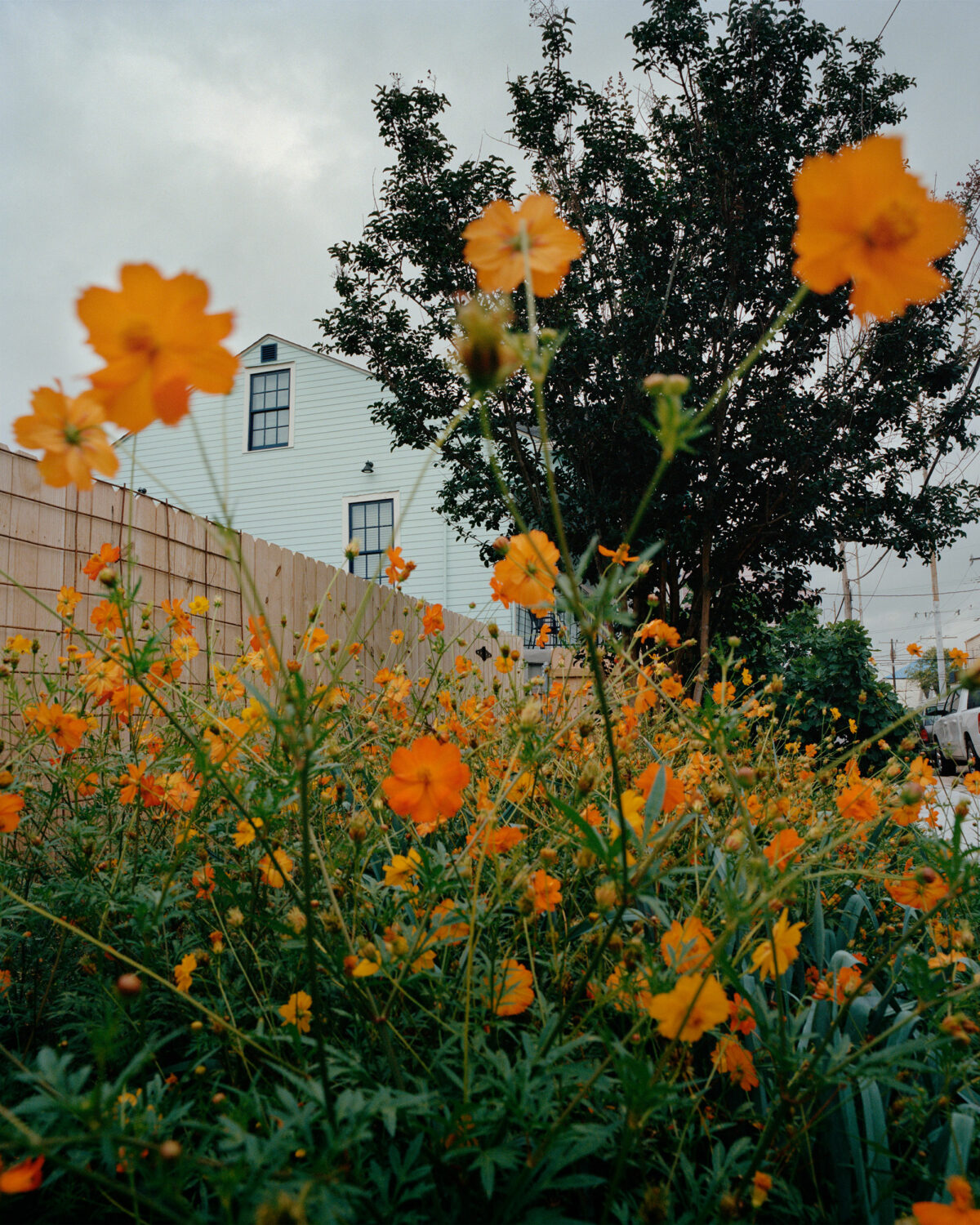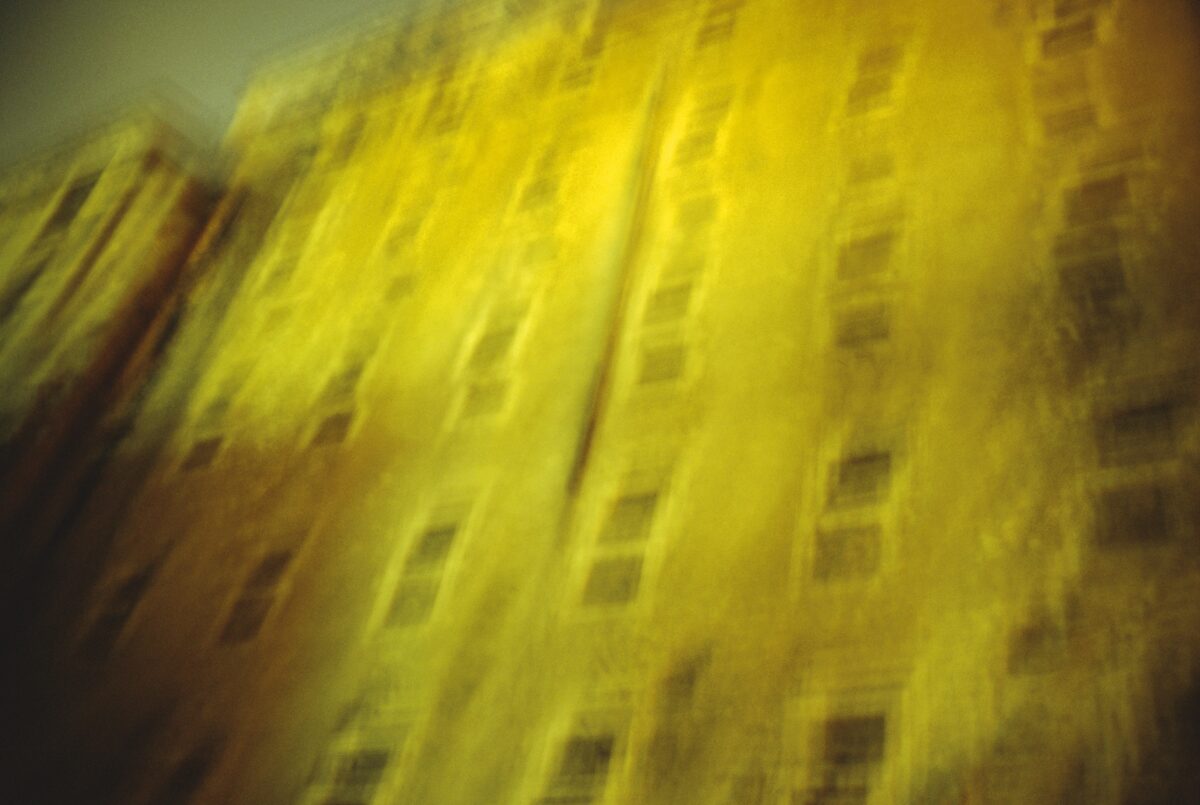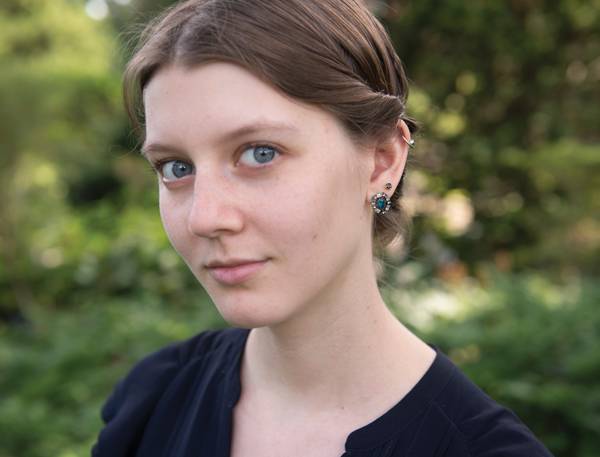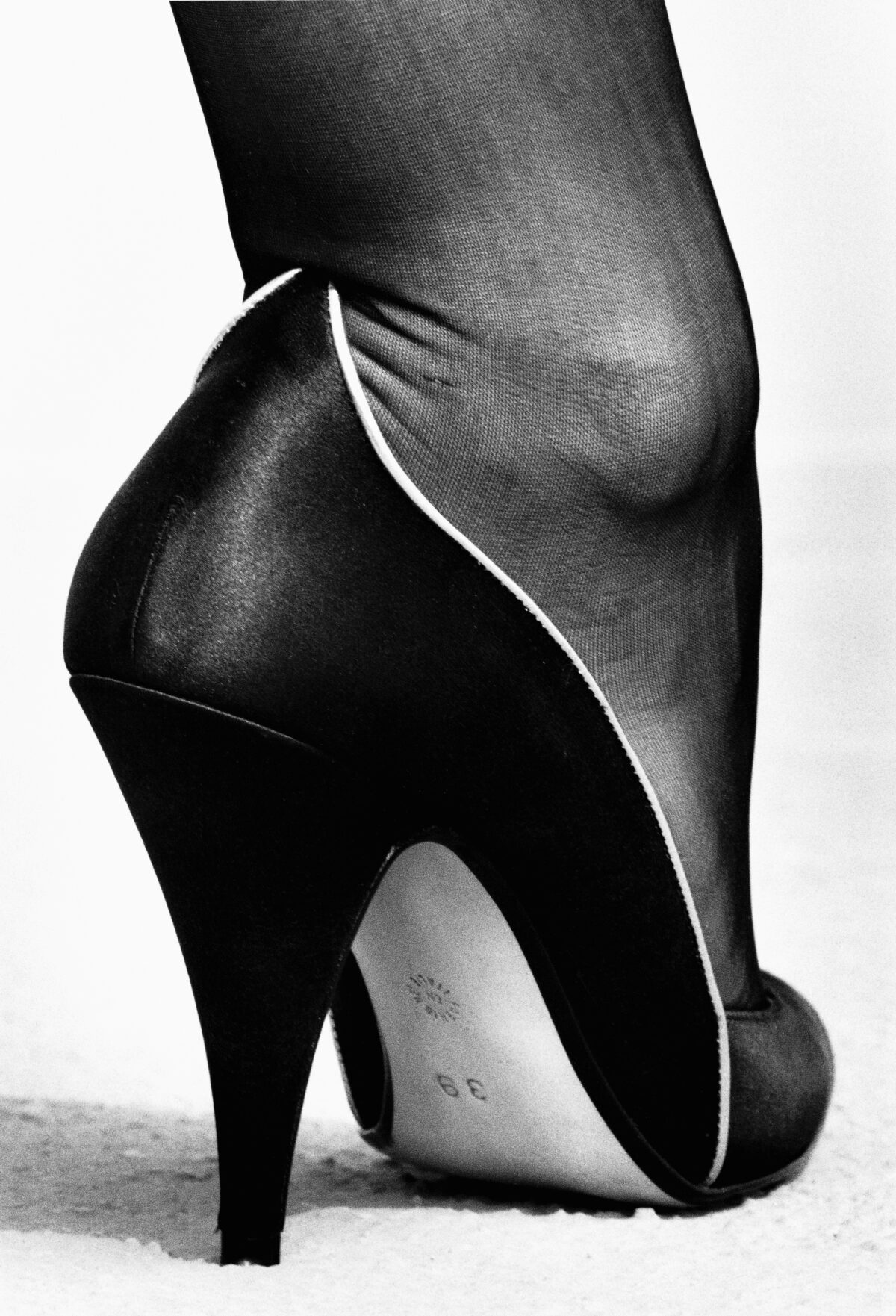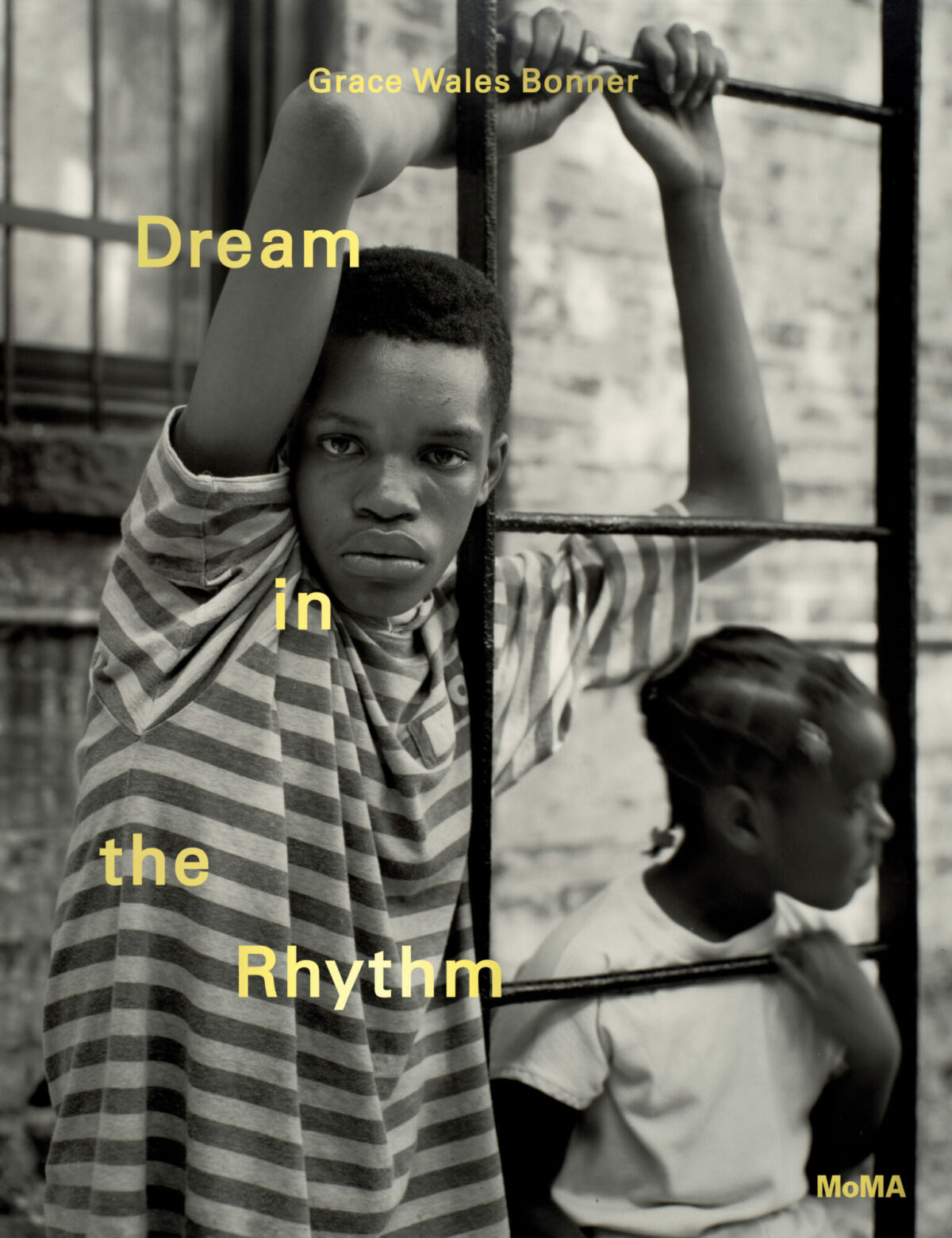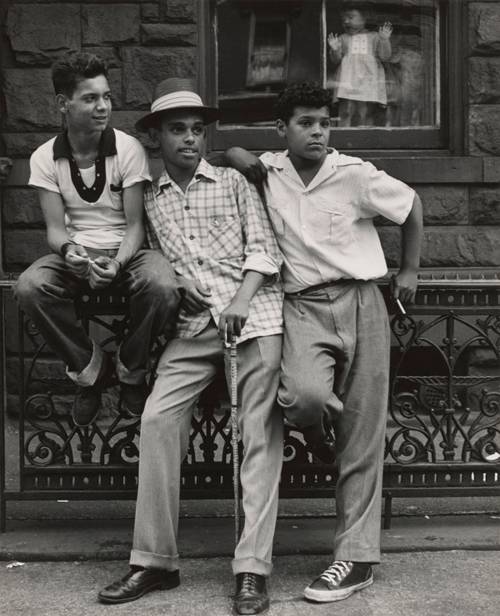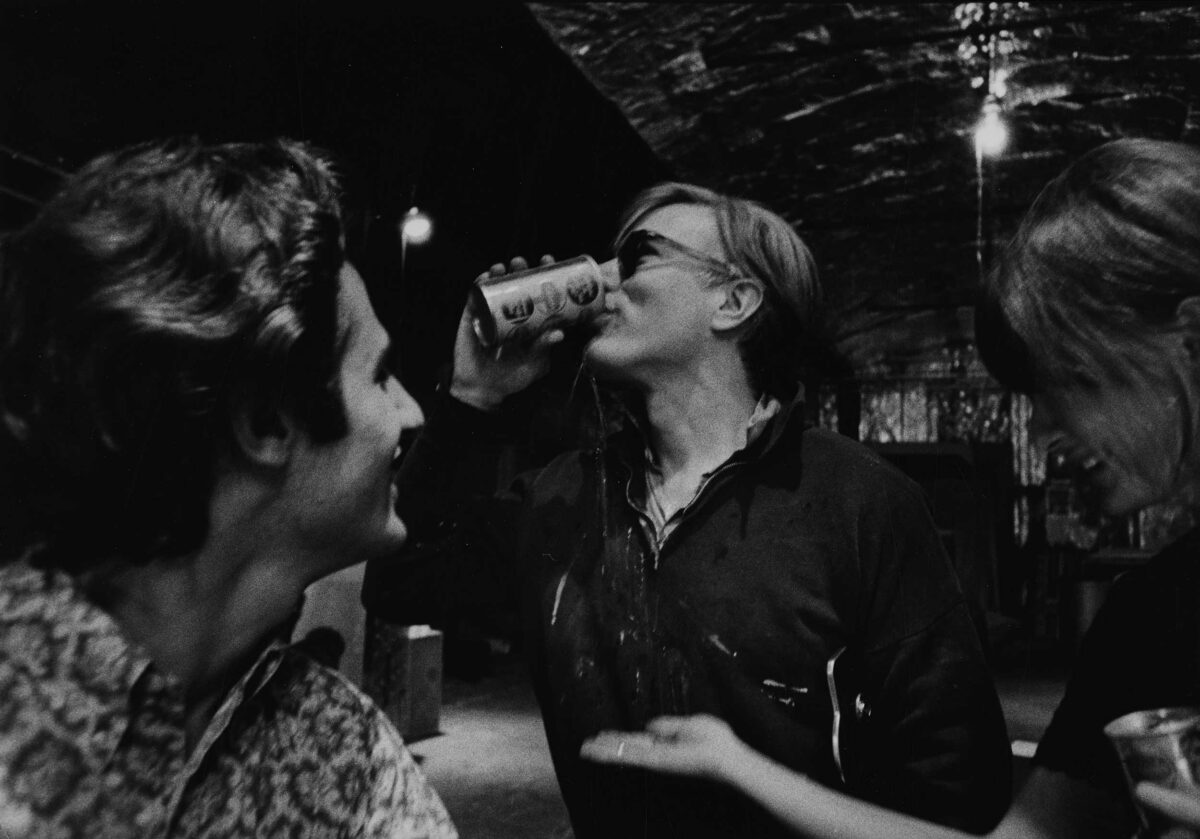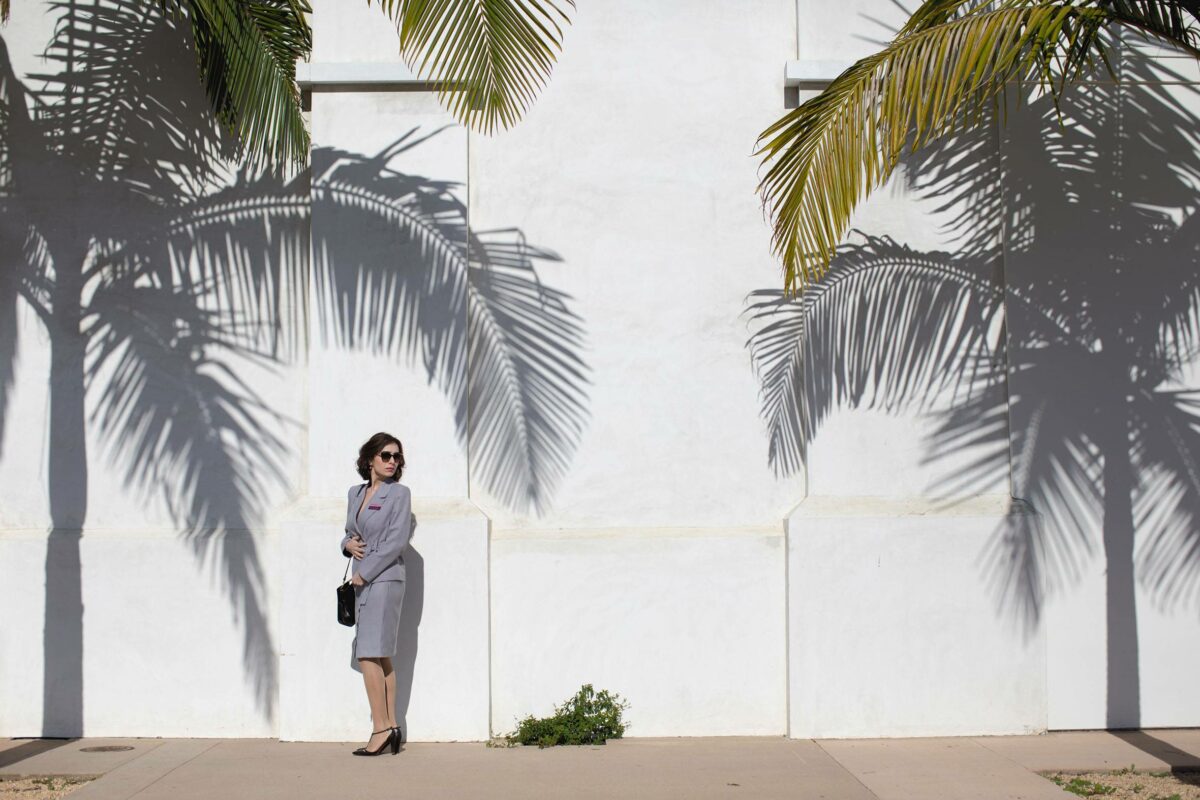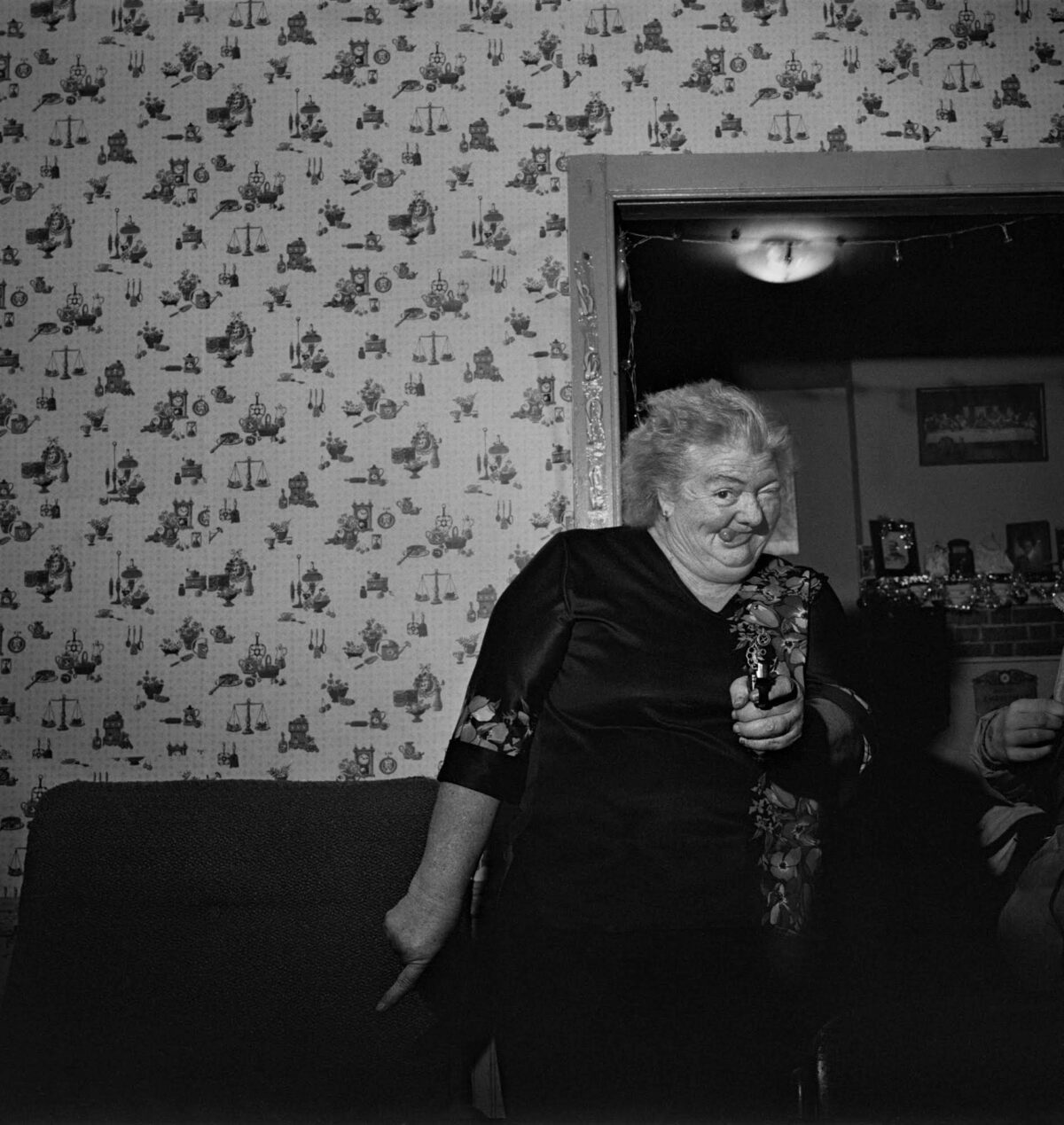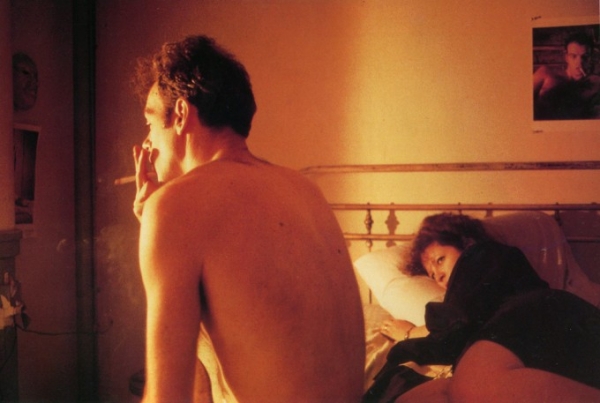

Regionalism remains the easiest narrative we have to parse out our polyglot creative expression, despite the globalism of contemporary art. Culling three photographers, David Armstrong, Nan Goldin, and Mark Morrisroe, from that generation informally known as the Boston School–they all went to art school and met in Boston during the Seventies before relocating to New York in the late Seventies and early Eighties – this show at ClampArt through June 20 helps locate the shared sensibilities by which their diversities have found a degree of collectivity.
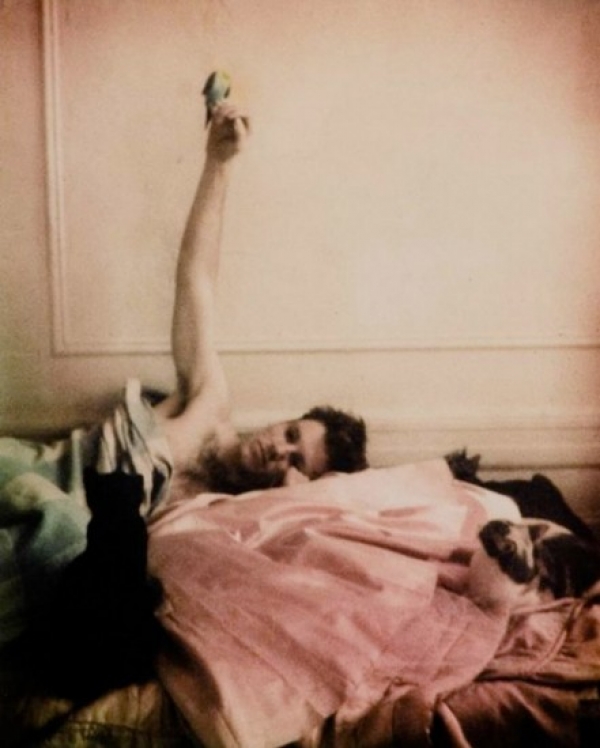

At ClampArt, we can see how these constructs are basically reductive (excluded from the usual list are Philip-Lorca diCorcia, Jack Pierson, and Stephen Tashjian, the latter two likely far too diverse in their practices to fit any such formula) and ultimately problematic when the similarities of the formative years are extended to describe longer careers. Morrisroe’s career was cut short by his untimely death at 30, and his wild proto-punk life and art is iconic and emblematic of the group. But holding this center is increasingly tenuous in the case of Goldin, whose peripatetic oeuvre has been largely hit and miss since I’ll Be Your Mirror, her signature compilation of photographs from the early years, and Armstrong, who practiced ever greater visual restraint and high style as he moved on to fashion photography before his death last year. Seen collectively, not every photo makes sense as the Boston School, but surely that lack of sense and symmetry is where we can enjoy a greater poetics.
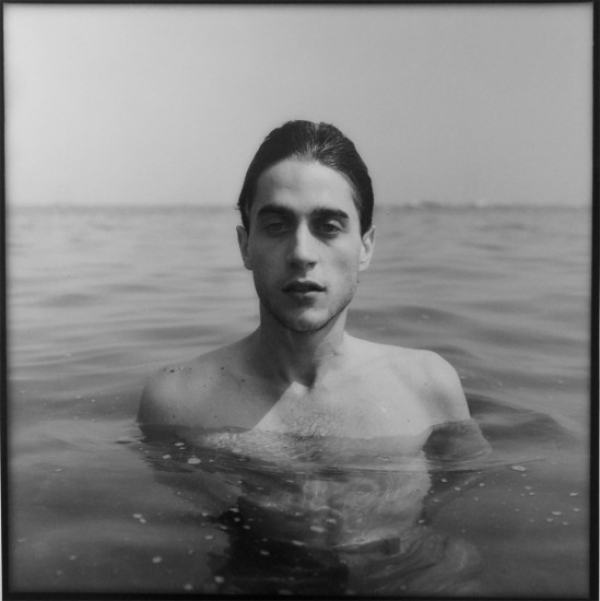

The picture that emerges here speaks of place, not simply as the conjunction of Boston and New York, but of myriad scenes that made up that moment that deeply informed the creative communities of both cities in that time. Rife with portraits of recognizable personages– artists like Pierson, Tabboo! (Tashjian), Greer Lankton, and Pat Hearn, then an artist before she transformed the art world as a dealer– and lots of sexy men, these portraits speak of the affinities within this outsider community and these artists’ need to capture that, yet there are also many self-portraits, speaking to the self-reflexivity within all the work. As a form of documentation, there is great power in these photographs of a subculture that time, drugs, and AIDS has long since extinguished, but the real potency is in how these artists see and feel their world–an emphatically direct photography so in situ that we’re reminded of how posed, staged and mediated this medium often is. It’s a diaristic paean to the ways that love, sexuality, gender, and lifestyle can exist within a group yet manifest a deeply personal expression within the artist.

